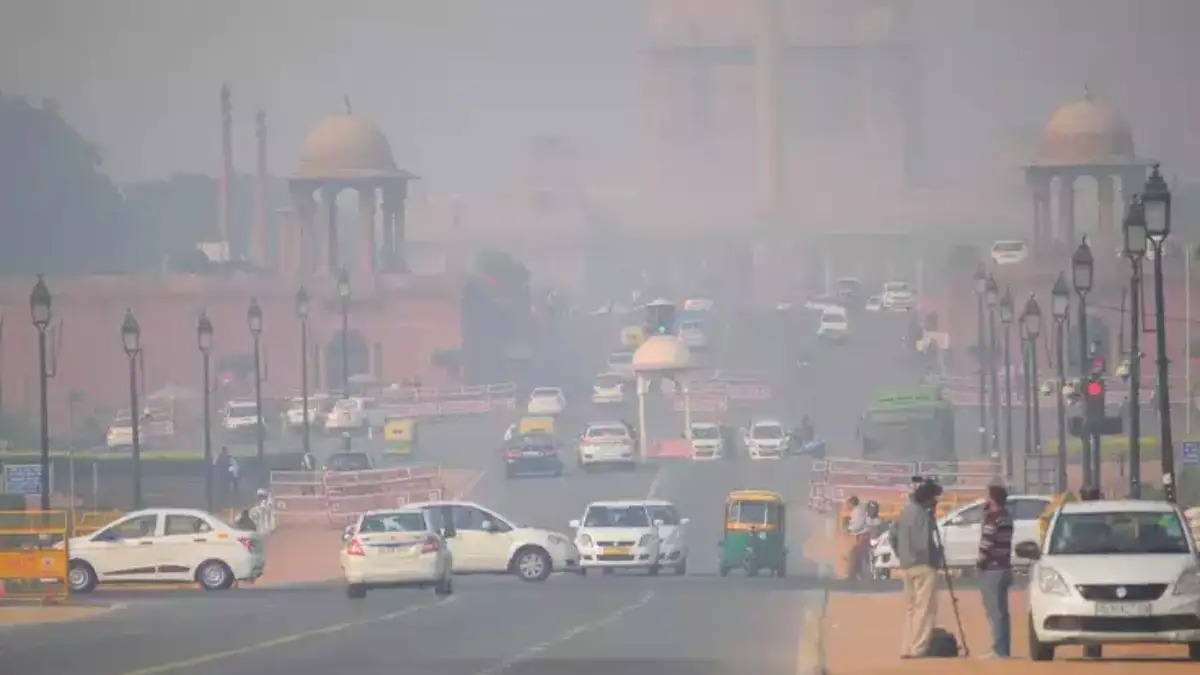
Delhi Chief Minister Rekha Gupta presented the Comptroller and Auditor General (CAG) report titled ‘Vehicular Air Pollution in Delhi’ in the Delhi Assembly, revealing significant lapses in the city's efforts to combat air pollution. The findings underscore weak enforcement, policy gaps, and inter-agency miscoordination, contributing to the deteriorating air quality in the national capital.
Key Findings of the Report
PUC Certificate Irregularities: Over 1.08 lakh vehicles received Pollution Under Control (PUC) certificates despite emitting pollutants beyond permissible limits. Some certificates were even issued within seconds of each other.
Diesel Vehicle Compliance Issues: Nearly 4,000 high-emission diesel vehicles were incorrectly certified between 2015 and 2020.
Weak Monitoring Infrastructure: Delhi’s Continuous Ambient Air Quality Monitoring Stations (CAAQMS) do not meet Central Pollution Control Board (CPCB) standards, raising doubts about data accuracy.
Outdated Vehicles Still in Use: Of the 47.51 lakh end-of-life vehicles (ELVs) due for deregistration between 2018 and 2021, only 2.98 lakh were deregistered. Over 44.53 lakh ELVs remained active as of March 2021.
Policy Implementation and Enforcement Gaps
Insufficient Scrapping Infrastructure: Only 347 impounded vehicles were recorded, and none were scrapped by March 2021. The available impounding pits can hold just 4,000 vehicles, far below the required capacity for over 41 lakh vehicles.
Poor Enforcement Resources: The transport department's enforcement teams lack staff and vehicles equipped with pollution-checking devices, limiting their ability to monitor violators, especially at Delhi’s entry points.
ISBT Project Delay Ignored Supreme Court Orders
Despite Supreme Court directives in 1998, the Delhi government failed to set up two Inter-State Bus Terminals (ISBTs) at Dwarka and Narela. This has forced diesel-operated inter-state buses to travel through the city, increasing pollution levels.
Parking Fund Mismanagement and Congestion
While the government collected funds for parking infrastructure improvement, the report found no documentation on fund utilization. Poorly managed parking continues to worsen traffic congestion and vehicle emissions.
Pollution Sources Beyond Crop Burning
The report notes that Delhi’s air quality crisis is not solely due to stubble burning in neighboring states. Local issues like:
Vehicular emissions
Construction dust
Industrial pollution
Biomass and waste burning
Lack of green cover
…are major contributors to the capital's pollution woes.
Recommendations by CAG
Strengthen real-time pollution source monitoring
Increase inter-department coordination
Expand scrapping and impounding capacity
Improve enforcement capabilities
Enhance public awareness
Despite several action plans and government measures, the lack of implementation continues to hinder progress toward cleaner air in Delhi.

 Share
Share



